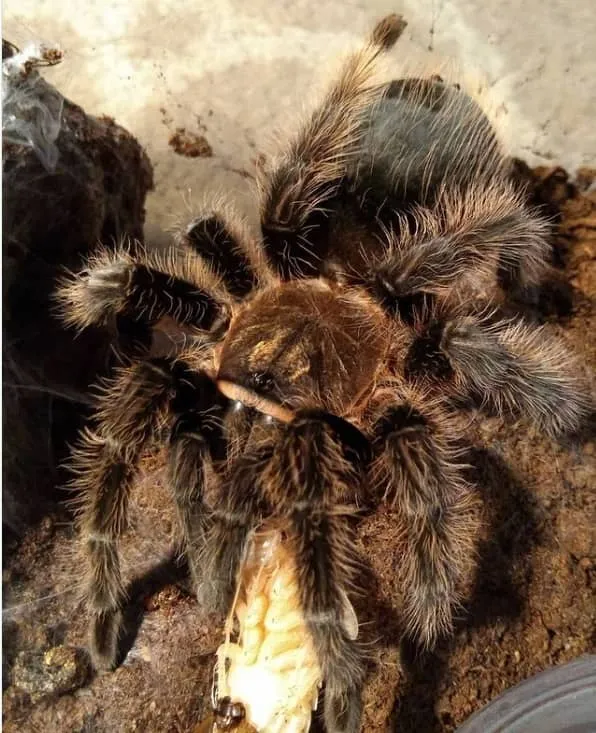The Curly Hair Tarantula, a popular pet among arachnid enthusiasts, is known for its docile nature and striking appearance. Ensuring this captivating creature thrives involves providing a suitable habitat and, crucially, a balanced diet. Choosing the best food for your Curly Hair Tarantula is paramount for its health, longevity, and overall well-being. This guide delves into the top food choices, nutritional requirements, and feeding practices to keep your tarantula happy and healthy.
What Makes the Best Food for Curly Hair Tarantulas?
The best food for a Curly Hair Tarantula is not just about what it eats but also about the nutritional value, ease of availability, and the tarantula’s overall health. A high-quality diet should mimic the natural food sources in its native habitat, providing the essential nutrients needed for growth, molting, and maintaining its vibrant colors. Freshness, cleanliness, and appropriate size are also significant factors. The food should be free from pesticides or contaminants and correctly sized to ensure the tarantula can easily capture and consume it.
Nutritional Needs of Curly Hair Tarantulas
Understanding the nutritional needs of your Curly Hair Tarantula is fundamental to providing a diet that promotes health and longevity. These tarantulas, like all spiders, require a balanced intake of protein, fats, and other essential nutrients. Their diet should be primarily protein-based, supplemented with other elements to aid in overall wellness. Overfeeding should also be avoided, as this can lead to health problems and a shortened lifespan. The goal is to provide a well-rounded diet that meets its specific needs.
Protein Requirements for a Healthy Tarantula
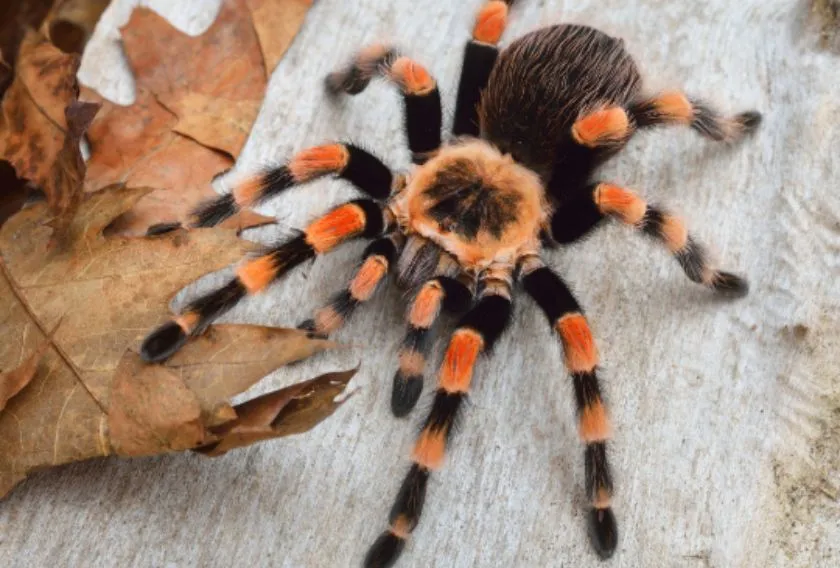
Protein is the cornerstone of a Curly Hair Tarantula’s diet. It’s essential for growth, tissue repair, and the overall functioning of its body. The best food sources should provide a high protein content. Protein aids in the development of the tarantula’s exoskeleton and supports various metabolic processes. The amount of protein needed can vary based on the tarantula’s age and growth stage. Spiderlings require more frequent feedings with high-protein foods than adults. Ensuring that the chosen food items are rich in protein is critical for a thriving tarantula.
Hydration and Fiber
While not a primary component of their diet, hydration and a degree of fiber are essential. Tarantulas obtain hydration primarily from their food, particularly insects with high water content. Providing a shallow water dish with fresh water is equally important. Fiber, although not directly from food, can be indirectly supplied through the gut content of prey items, which can assist in digestion. A balanced diet contributes to the tarantula’s overall health and ensures proper hydration and digestion, preventing issues such as constipation and promoting overall well-being.
Top 5 Food Choices for Curly Hair Tarantulas
Choosing the right food is essential. Here are five excellent choices that provide the necessary nutrients for your Curly Hair Tarantula. These options are readily available and can be sourced from reputable pet stores or online suppliers. Remember to always ensure the food is free of pesticides and appropriate in size for your tarantula.
Crickets: The Staple Food
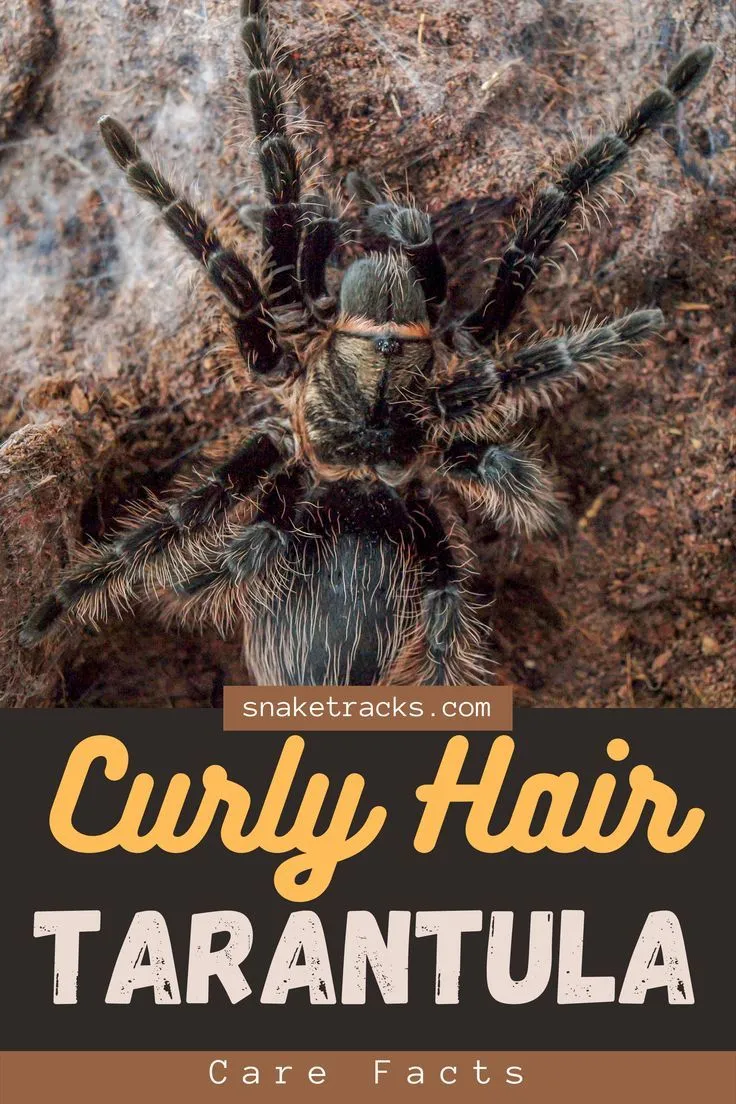
Crickets are the go-to staple for feeding Curly Hair Tarantulas due to their easy availability and high protein content. They are a convenient and readily accepted food source, and are relatively easy to breed or purchase. Crickets provide a good balance of nutrients, supporting the growth and development of your tarantula. It’s recommended to dust crickets with calcium and vitamin supplements to boost their nutritional value before feeding. The size of the crickets should be appropriate for your tarantula. Juvenile tarantulas need smaller crickets, while adults can handle larger ones.
Pros and Cons of Crickets
- Pros: High in protein, readily available, easy to handle, relatively inexpensive.
- Cons: Can be noisy, may escape if not contained, can bite your tarantula, crickets have a short lifespan.
Mealworms: An Alternative Food Source
Mealworms are another excellent choice. They are readily available and can be stored for longer periods compared to crickets. Mealworms are relatively easy to maintain, and are convenient for tarantula owners. They offer a good source of protein and other essential nutrients. Ensure the mealworms are sourced from a reliable supplier. Mealworms can be a good alternative or supplement to crickets, particularly for smaller tarantulas or those that may be picky eaters. It’s essential to monitor your tarantula’s weight and adjust feeding accordingly to prevent overfeeding.
Pros and Cons of Mealworms
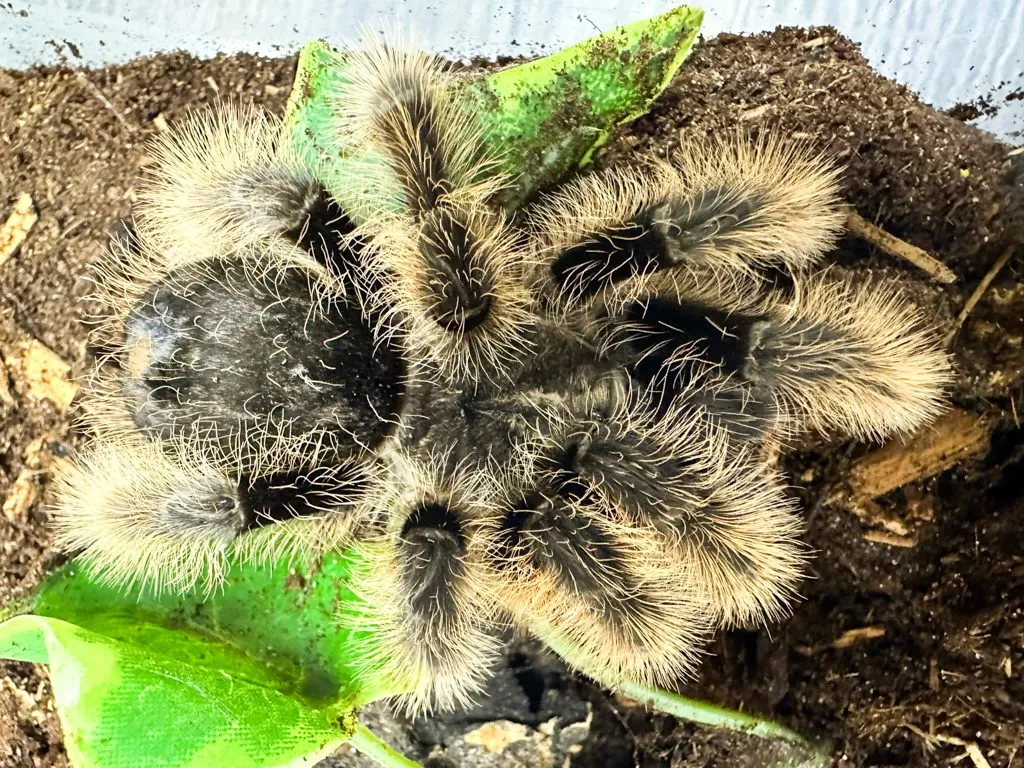
- Pros: Easy to store and maintain, readily available, high in protein, less noisy than crickets.
- Cons: Lower in certain nutrients compared to crickets, can be high in fat, may burrow in the substrate.
Roaches: A Nutrient-Rich Option
Roaches, such as Dubia roaches, are a highly nutritious food choice for Curly Hair Tarantulas. They have a favorable protein-to-fat ratio, and are also a good source of other nutrients. Roaches are relatively easy to breed and maintain, providing a consistent food supply. They are less prone to escaping and are less noisy compared to crickets. Roaches are often considered a premium food option due to their nutritional value and ease of care. Always ensure roaches are sourced from a reputable supplier to avoid potential contamination.
Pros and Cons of Roaches
- Pros: High in protein and nutrients, easy to breed, less noisy, less prone to escape.
- Cons: May be more expensive than crickets or mealworms, some find them less appealing.
Superworms: For Variety
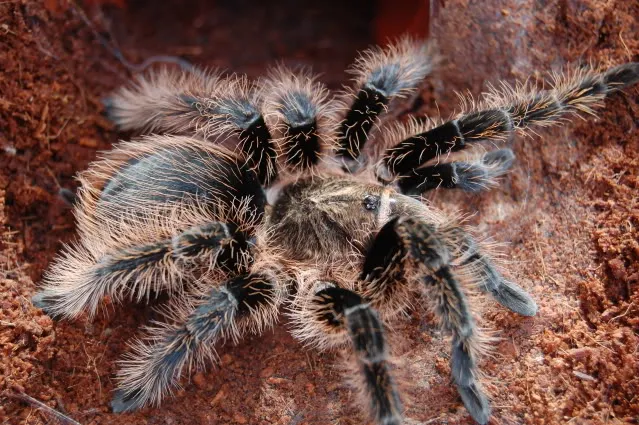
Superworms are a great option for adding variety to your tarantula’s diet. They are larger than mealworms and offer a slightly different nutritional profile. Superworms are relatively easy to store and are often readily available. They can be a good option for larger Curly Hair Tarantulas or those that are less interested in crickets or mealworms. Always monitor your tarantula’s weight when feeding superworms, as they are higher in fat. Supplementation with calcium and vitamins is always advisable.
Pros and Cons of Superworms
- Pros: Larger size, good source of protein, relatively easy to store.
- Cons: Higher in fat, can be harder to digest, potential for overfeeding.
Waxworms: Occasional Treats
Waxworms can be offered as an occasional treat. They are very high in fat and should not be the primary food source. They are a good choice for enticing a tarantula that is not eating well. They provide a quick burst of energy and can be particularly appealing to tarantulas. Waxworms should only be offered sparingly, maybe once a month. Overfeeding waxworms can lead to obesity and health problems. Consider them as a supplemental treat, not a regular food item.
Pros and Cons of Waxworms
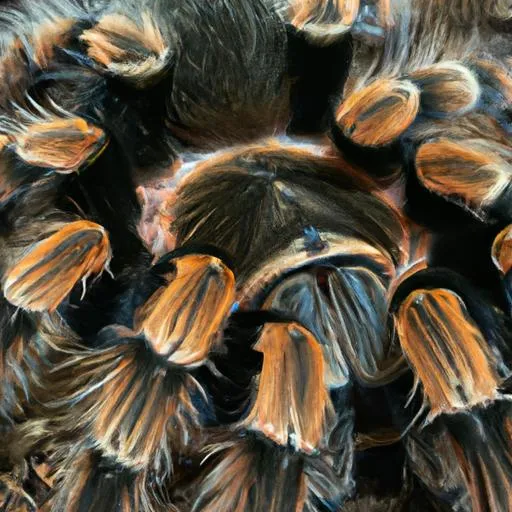
- Pros: Highly palatable, can stimulate appetite, good for occasional treats.
- Cons: Very high in fat, should only be given sparingly, can lead to obesity.
Feeding Frequency and Portion Sizes
The feeding frequency and portion sizes for your Curly Hair Tarantula should be adjusted based on its age and growth stage. Spiderlings, or baby tarantulas, need more frequent feeding, typically every other day. As the tarantula grows, the frequency can decrease. Overfeeding can lead to health issues. It’s crucial to observe your tarantula’s body condition to determine the appropriate feeding schedule. Provide only the amount of food the tarantula can consume in a single sitting, usually one or two appropriately sized insects.
Feeding Schedule for Spiderlings
Spiderlings need to eat more often due to their rapid growth rate. Feeding them every other day is a general guideline. The food should be appropriately sized, and consider using fruit flies or pinhead crickets. Always remove any uneaten food after 24 hours to prevent the buildup of mites or mold. Keep a close watch on the spiderling’s abdomen; if it appears too large, reduce the feeding frequency or the size of the prey items. Consistency is key, but adjust based on the spiderling’s individual needs and growth patterns.
Feeding Schedule for Adult Tarantulas
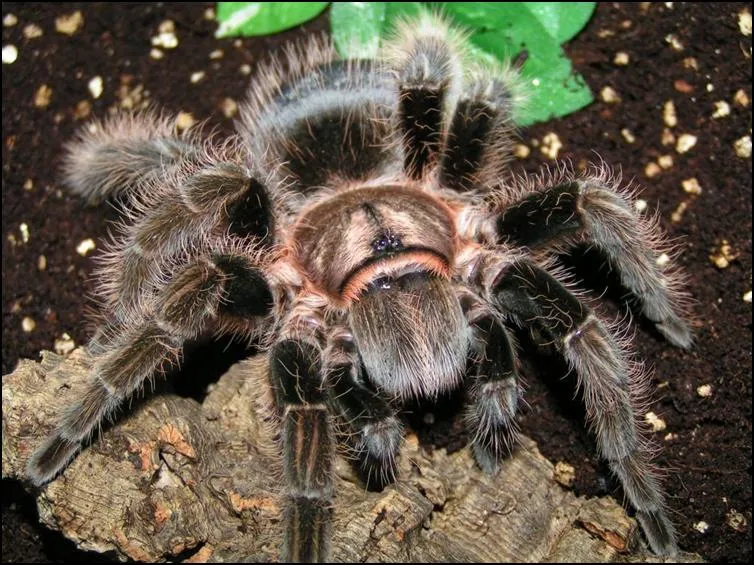
Adult Curly Hair Tarantulas can be fed less frequently. Once or twice a week is usually sufficient. The frequency should be adjusted based on the individual tarantula’s appetite and body condition. Adults do not require the same level of frequent feeding as spiderlings. Overfeeding can lead to health problems. Provide appropriately sized food items, typically larger crickets, roaches, or mealworms. Remove uneaten food within 24 hours. If the tarantula is not eating, ensure the habitat conditions are ideal. Adjust the feeding schedule based on your tarantula’s molting cycle and activity levels.
Supplementation and Additional Nutrients
In addition to the main food choices, supplementation can help ensure that your Curly Hair Tarantula receives all the nutrients it needs. Calcium and vitamin supplements, especially when dusting the insects before feeding, can be very beneficial. Providing fresh water is equally crucial to help with hydration. These additional nutrients contribute to the overall health and well-being of the tarantula, aiding in growth, molting, and maintaining a healthy immune system. Supplementing should always be done carefully, following the manufacturer’s guidelines, and avoiding over-supplementation.
Vitamins and Minerals
Vitamins and minerals are essential for supporting various bodily functions in your Curly Hair Tarantula. Supplementing the diet with calcium, vitamin D3, and other essential vitamins and minerals helps improve the tarantula’s health. The most common method is dusting the insects with a calcium and vitamin powder before feeding. Using a calcium supplement helps promote healthy exoskeletons and muscle function. Vitamin D3 aids in the absorption of calcium. Choose a high-quality supplement specifically designed for reptiles and arachnids. Always follow the dosage instructions provided by the manufacturer.
Water and Hydration
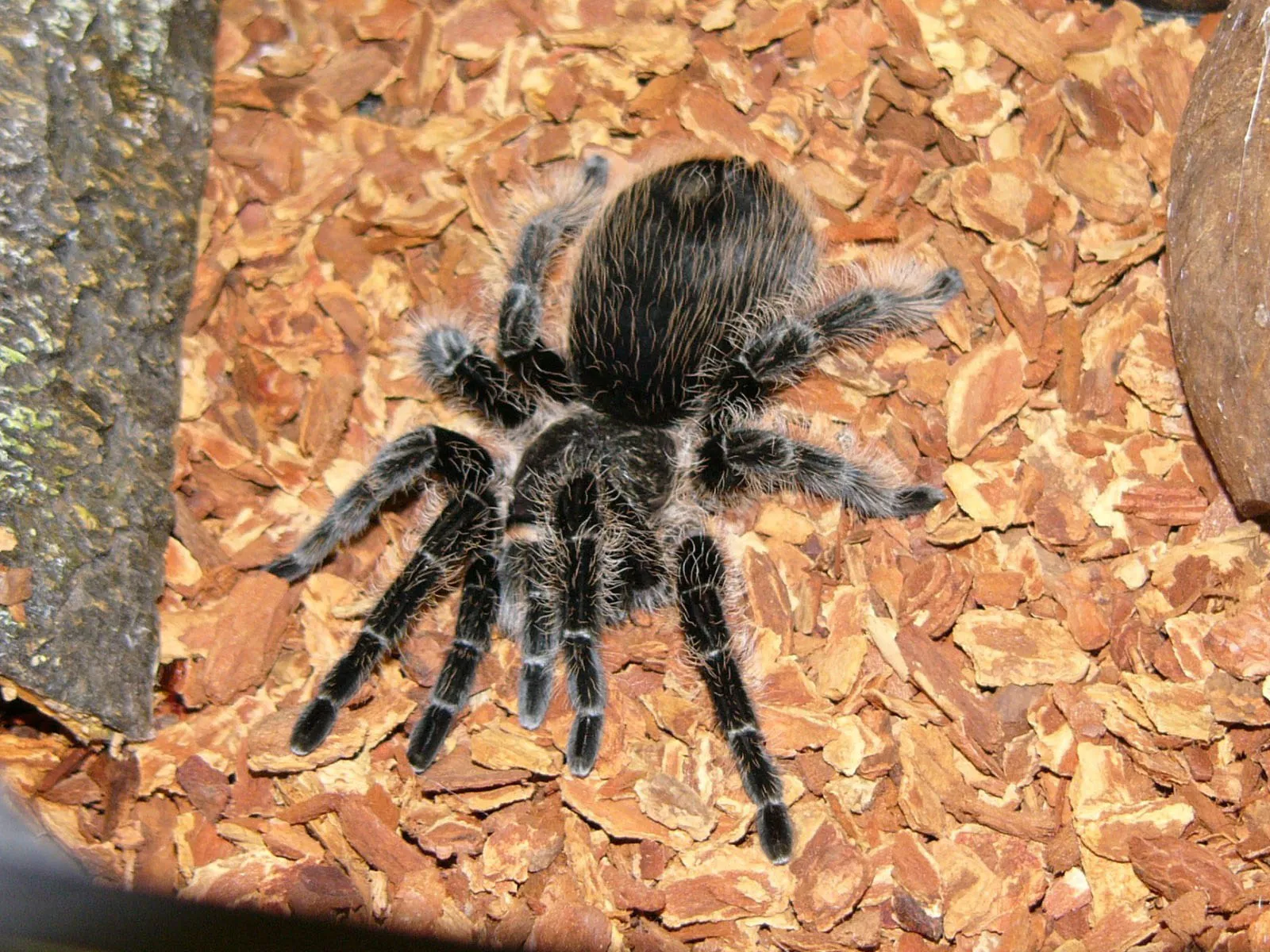
Hydration is a crucial aspect of tarantula care. Providing access to clean, fresh water is vital for your Curly Hair Tarantula. A shallow water dish should be kept in the enclosure at all times. This helps the tarantula stay hydrated, and is essential for its molting process. The water dish should be placed away from the heat source to avoid excessive evaporation. Change the water regularly to prevent bacterial growth. Make sure the dish is shallow enough to prevent the tarantula from drowning, and clean regularly to maintain proper hygiene.
Maintaining a healthy Curly Hair Tarantula involves selecting the right foods, feeding properly, and supplementing where necessary. By providing a balanced diet of insects such as crickets, mealworms, roaches, superworms, and waxworms (as a treat), and ensuring proper hydration, you can contribute significantly to your tarantula’s health and longevity. Pay close attention to feeding frequency and portion sizes, adjusting based on your tarantula’s age and molting cycle. Monitoring your tarantula’s overall health is also important, helping you spot any signs of health issues early on. With proper care, your Curly Hair Tarantula will thrive, providing you with years of enjoyment.
Conclusion
Choosing the best food for your Curly Hair Tarantula is key to its health and longevity. By understanding the nutritional needs, selecting appropriate food choices, and following correct feeding practices, you can ensure that your pet thrives. Remember to offer a variety of food sources, provide supplements when needed, and always have fresh water available. Regular observation of your tarantula’s behavior and health will help you fine-tune its diet. With the right care and attention to its dietary needs, your Curly Hair Tarantula can live a long and fulfilling life.
